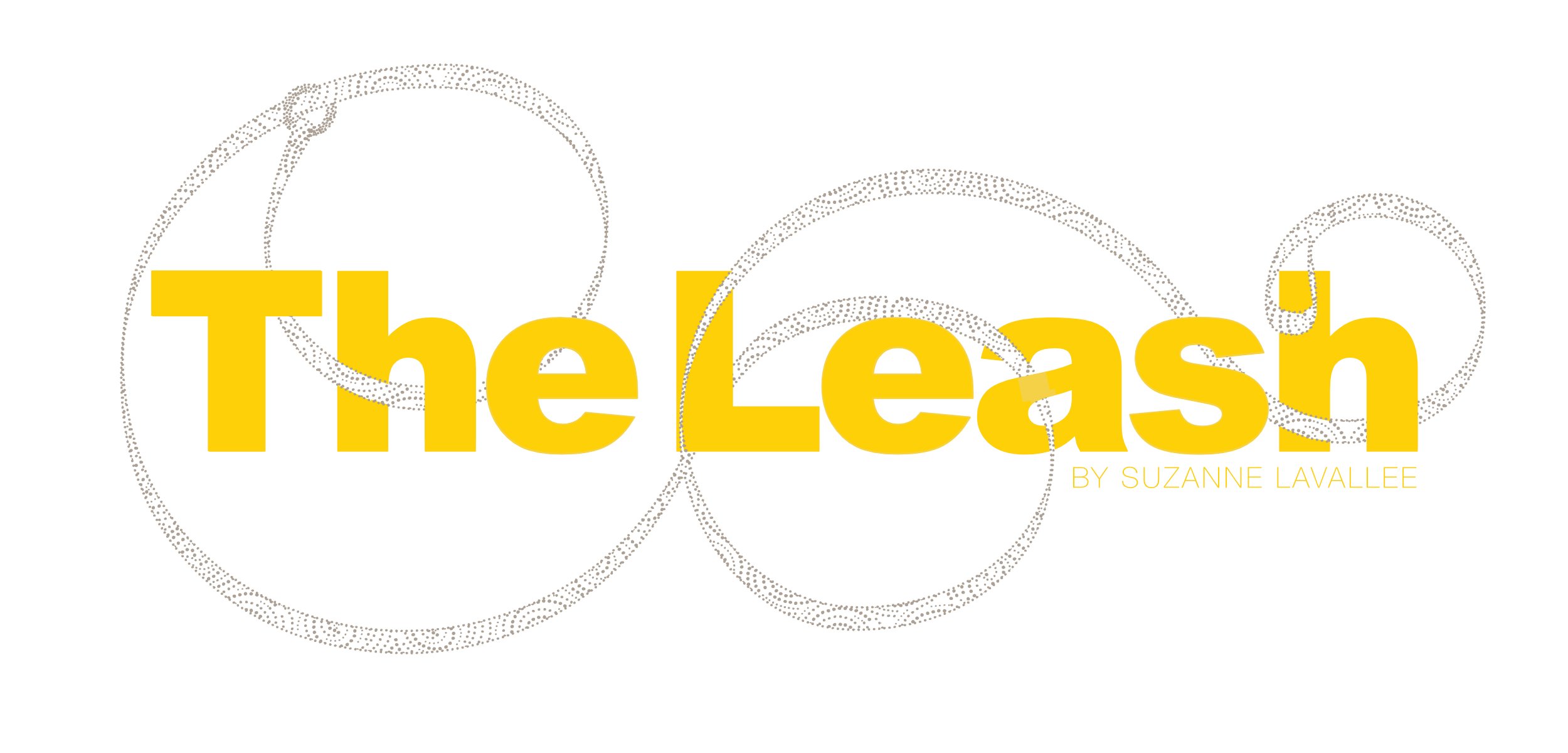get our newsletter, TheLeash, delivered: subscribe!
#017 — Coming Soon!
April 2025
Hello Friends!
Our April issue is almost ready. Stay tuned!
xo ~ Suzanne
Stay tuned for April’s issue… You can read past issues by by clicking the black button below. xx
thank you for reading and your thoughtful feedback.
xo ~ suzanne
READ PAST NEWSLETTERS


